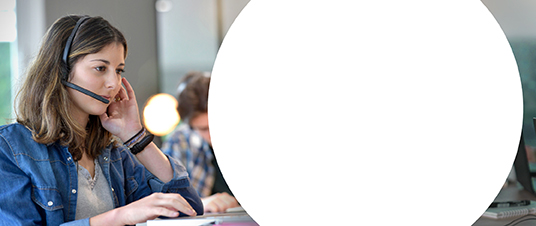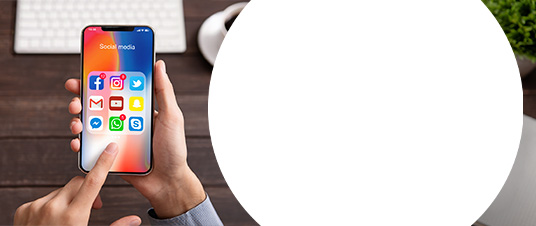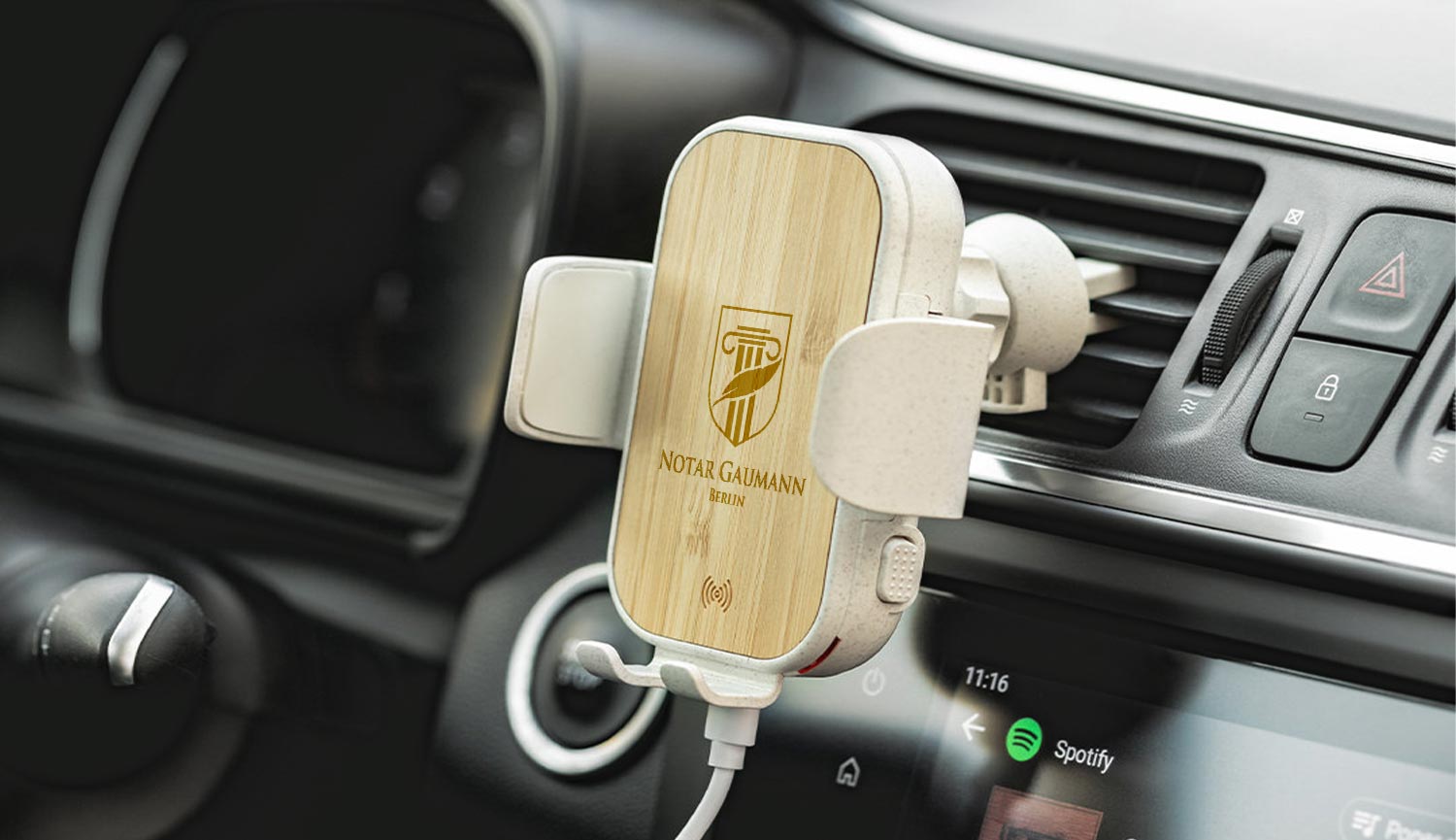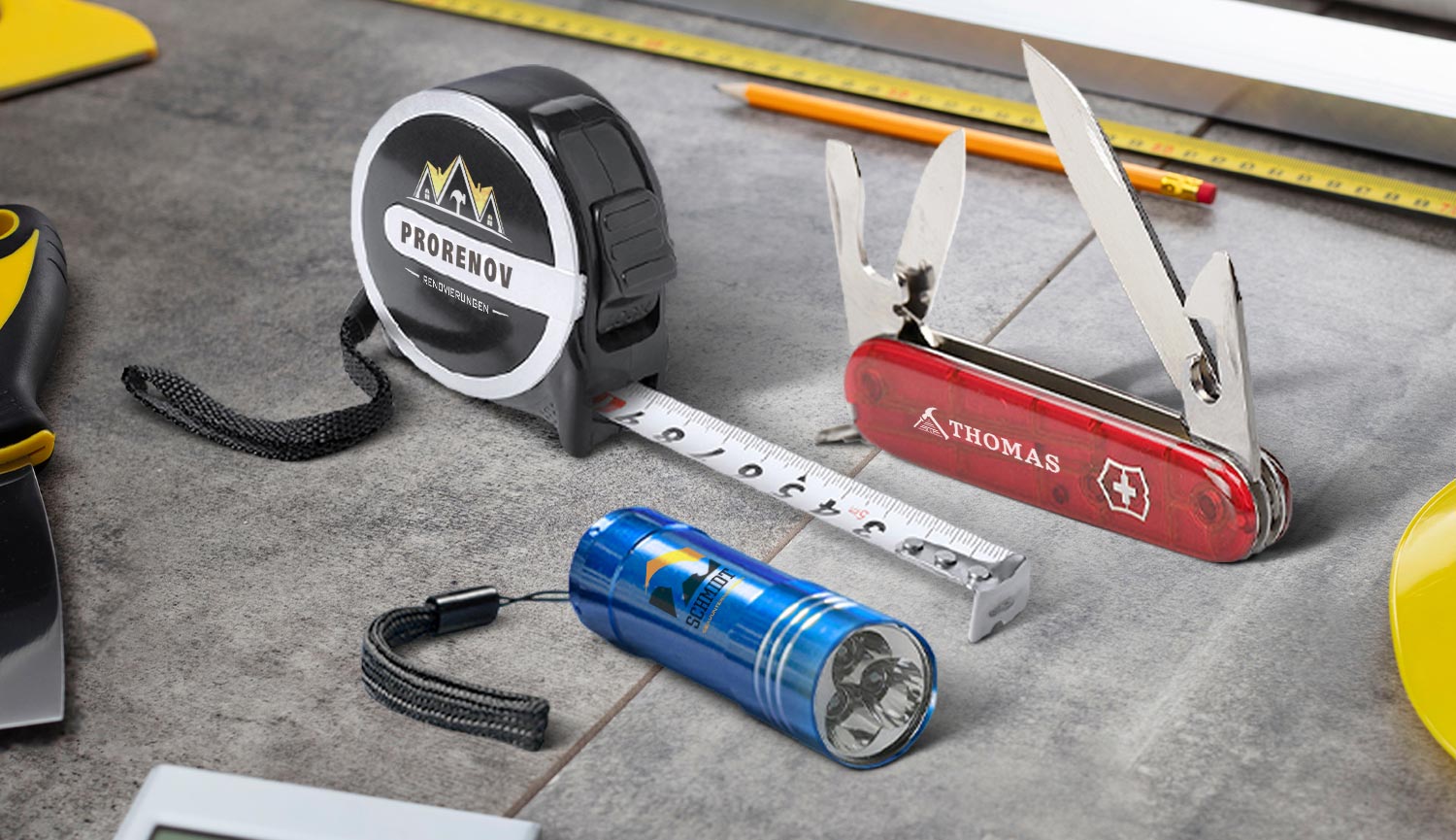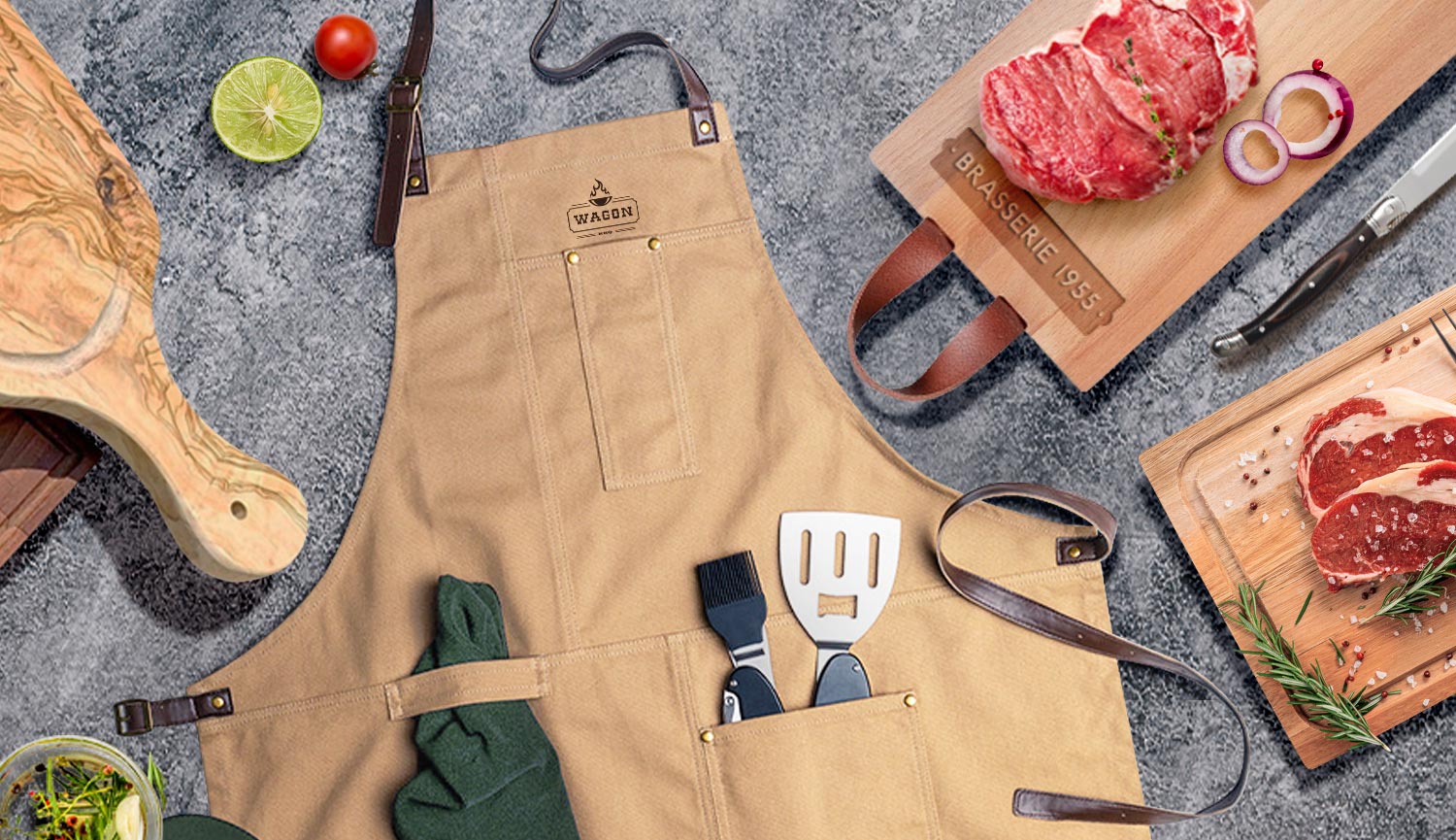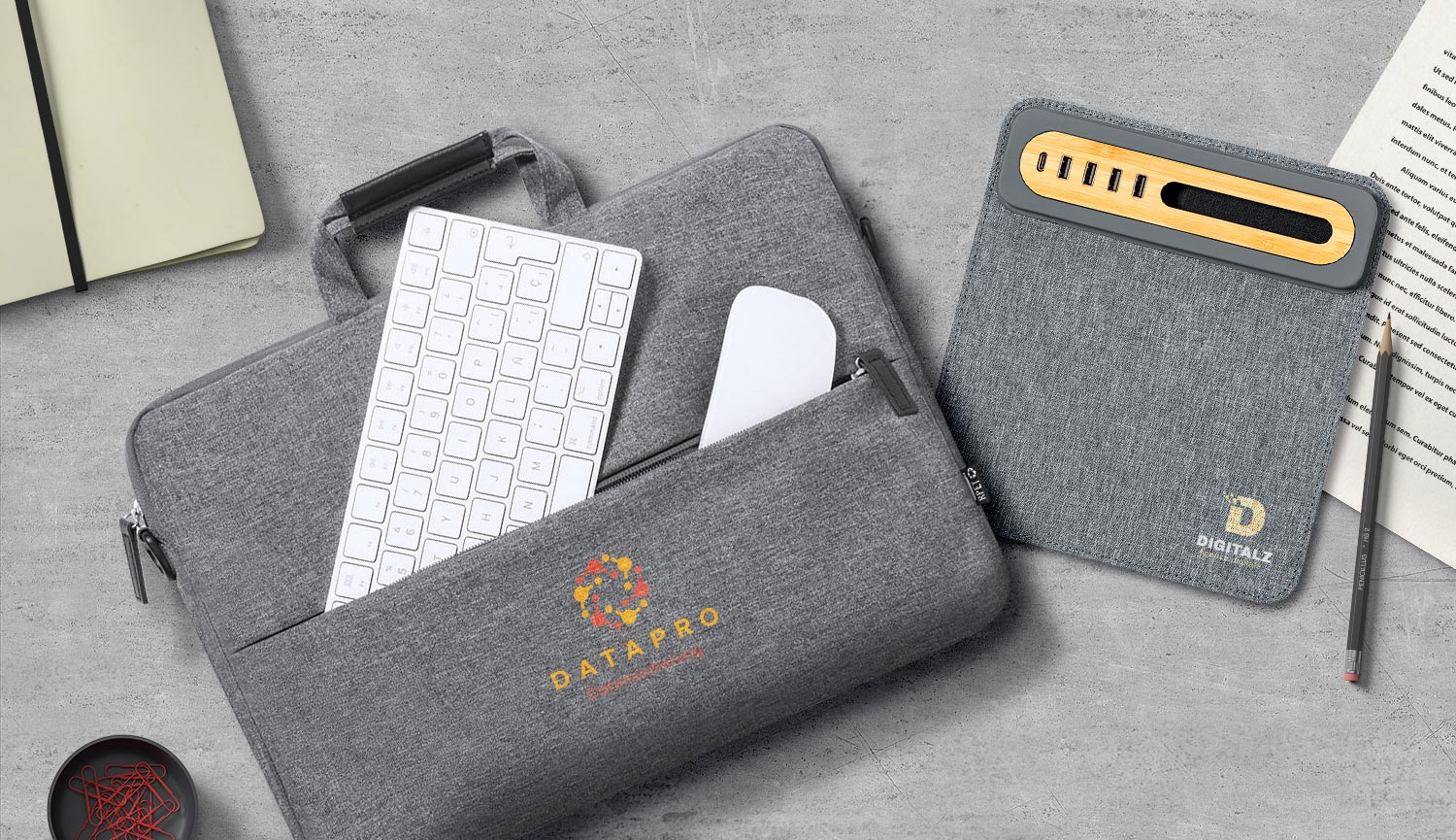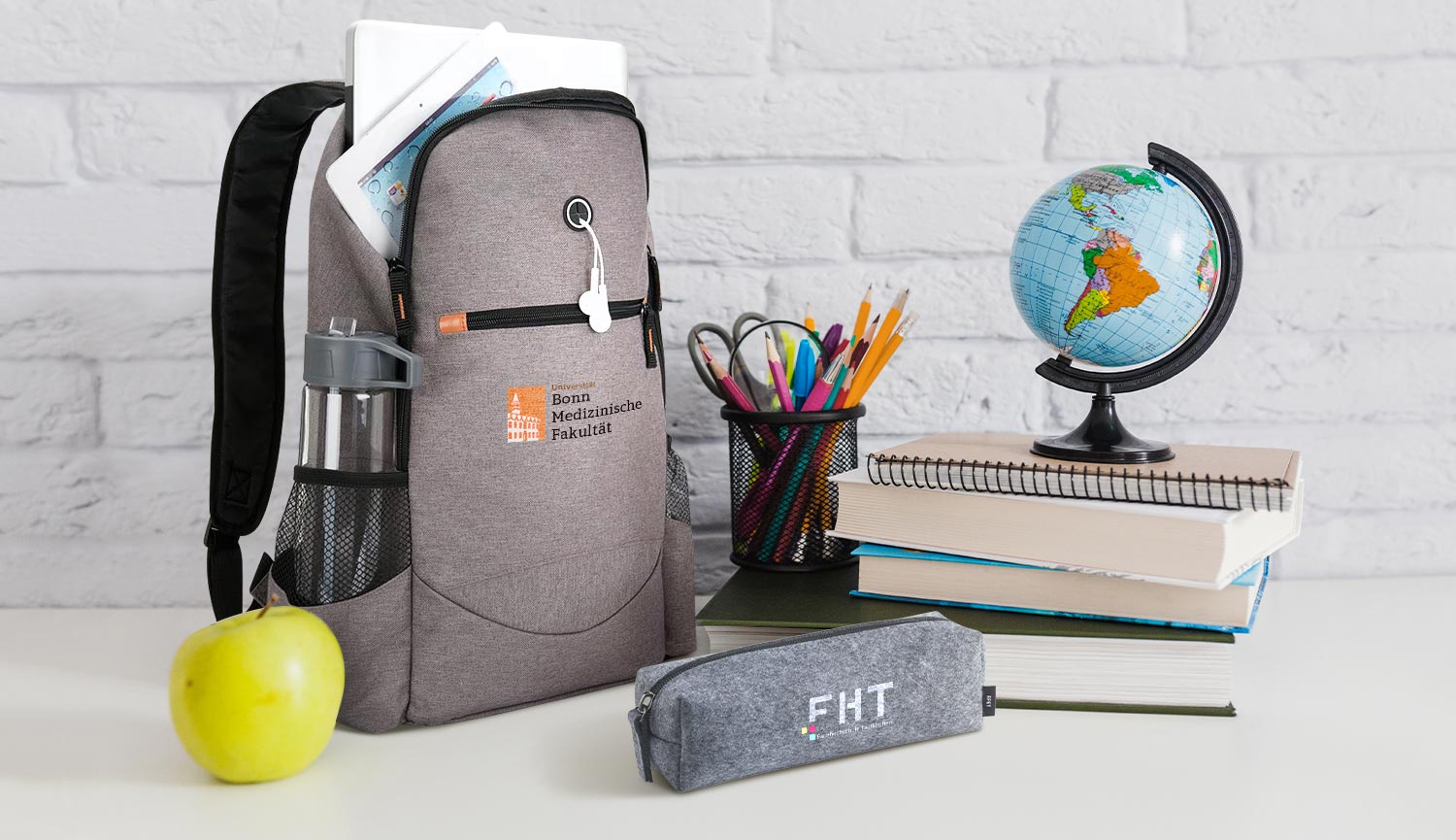3. Printing
For each product, you will find the maximum print size in the configurator (on the page of the product in question). The size is displayed in millimetres (e.g. 25mm x 40mm).
When composing the print, we ask you for the number of colours of your logo. This allows us to calculate the correct price for your order. Each colour that is to be printed is one print colour. It is sometimes difficult to determine the number of printing colours. For example, it is often difficult to judge whether or not the colour white should be counted as a print colour. Another difficulty lies in the colour gradation? To help you, here are some examples of logos of famous brands.

After you have placed your order, we will send you a proof sheet. You will receive it by email within 4 hours of your order. This proof sheet will allow you to judge the look of your product personalised with your logo. If you accept it, we will print the product exactly as indicated on the proof sheet. Do you want to amend something? Let us know and we will be happy to adapt the proof sheet.
It is often interesting to reduce the number of colours of a logo to reduce the final price of an order. When you choose the number of colours for your logo, you can of course select an option with fewer colours than your original logo. At the request of our customers, we often convert their logos into one colour. Contact us by phone, email or chat if you would like us to change the number of colours in your logo.
The PMS (Pantone Matching System) is a system for indicating all existing colours by means of a numerical code. Based on these numbers, everyone prints exactly the same colours, with or without coating. A PMS value is therefore always and everywhere the same. With many printing techniques, we use this system to print the right printing colours on promotional objects.
No, we use PMS colours for most printing techniques, except for "full colour" digital printing. For the latter technique, we work with CMYK colours (Cyan, Magenta, Yellow and Black) for digital printing. Based on these four basic colours, all other possible colour combinations are obtained by mixing.
RGB colours correspond to the colours displayed on a screen. This colour coding system consists of three primary colours: red, green and blue. By mixing these colours, any combination of colours can be achieved. This system is widely used digitally and on the web, but not in the printing industry. Instead, we use PMS and CMYK colour codes.
No. A four-colour print is actually four separate print colours. Full colour digital printing, on the other hand, is not limited in the number of printing colours. Think for example of a colour gradient or a photo. When full colour digital printing is possible, this printing option appears in the selector on the product page.
No problem. In this case, instead of uploading a logo, just enter the text and font you want.
We have machines and printing techniques that offer a very high level of quality. The printing is fine and very detailed. All print files are optimised to obtain the best possible result. Of course, the result varies depending on the surface of the product. A uniform surface always gives a finer result than a rough surface. We take this into account, of course. Do you have any doubts about printing the details of your logo, slogan or design on a specific product? Contact us for personal advice.
It can happen that the printing colours may vary slightly. Unfortunately, this cannot be 100% avoided. The ink always remains the same colour. However, due to differences in surfaces and material, the colour (on the product) may differ slightly. For example, a yellow logo will look different if it is printed on a blue bag or on a transparent bag. This is why we check all orders and determine whether it is necessary, for example, to print a white undercoat before printing your logo in order to keep as much of the same colour as possible.

